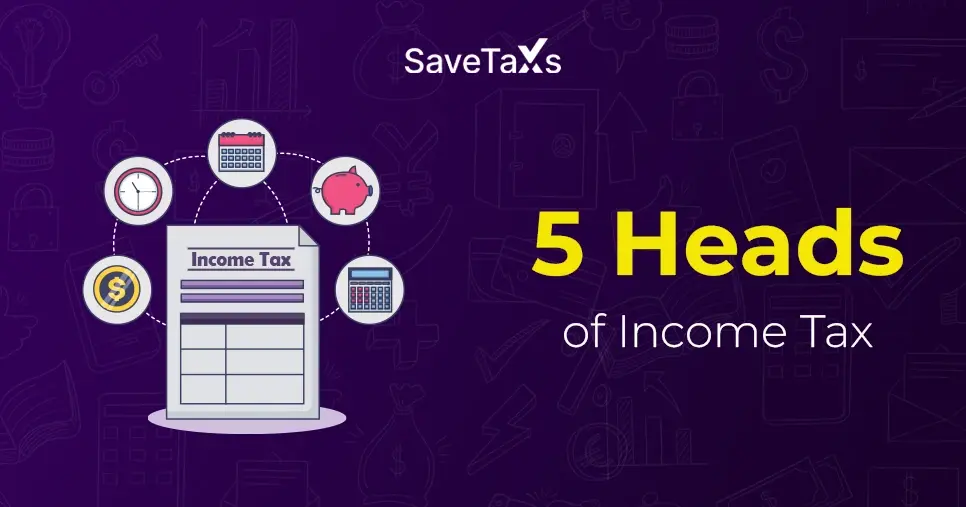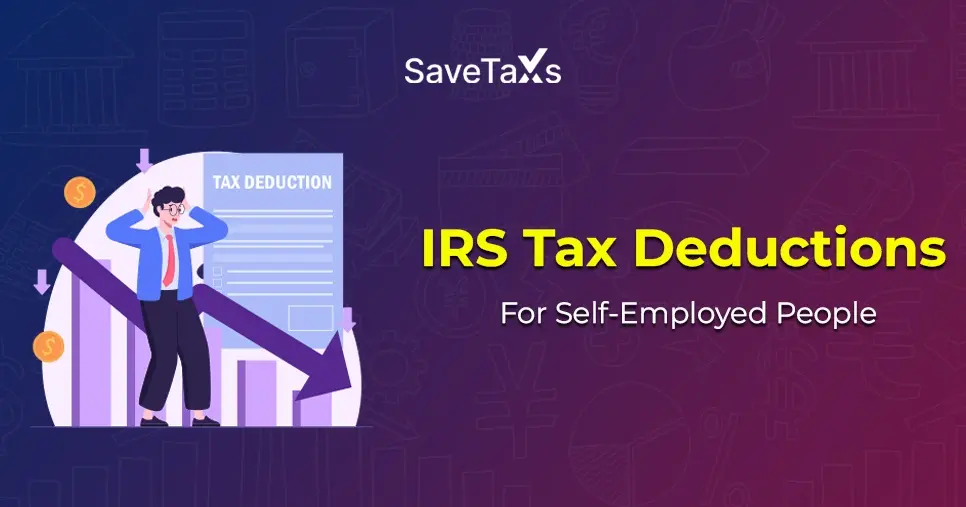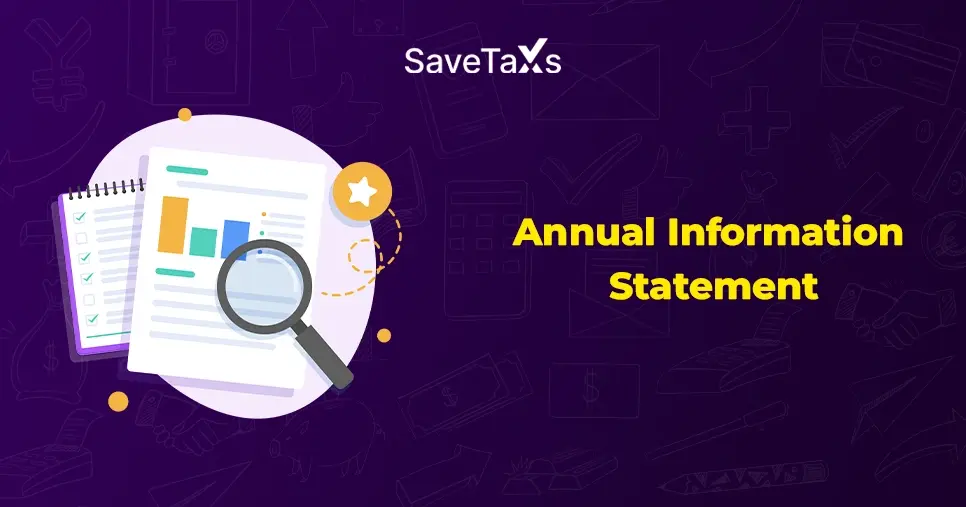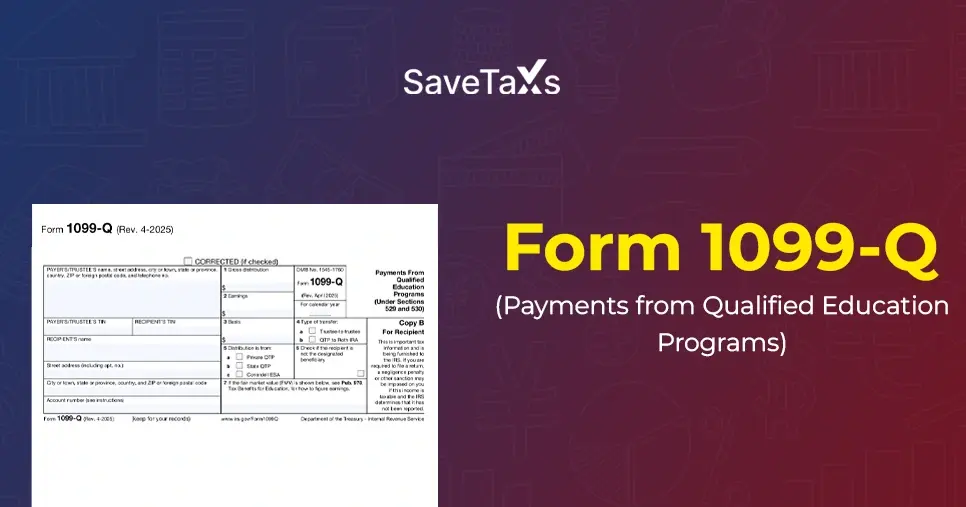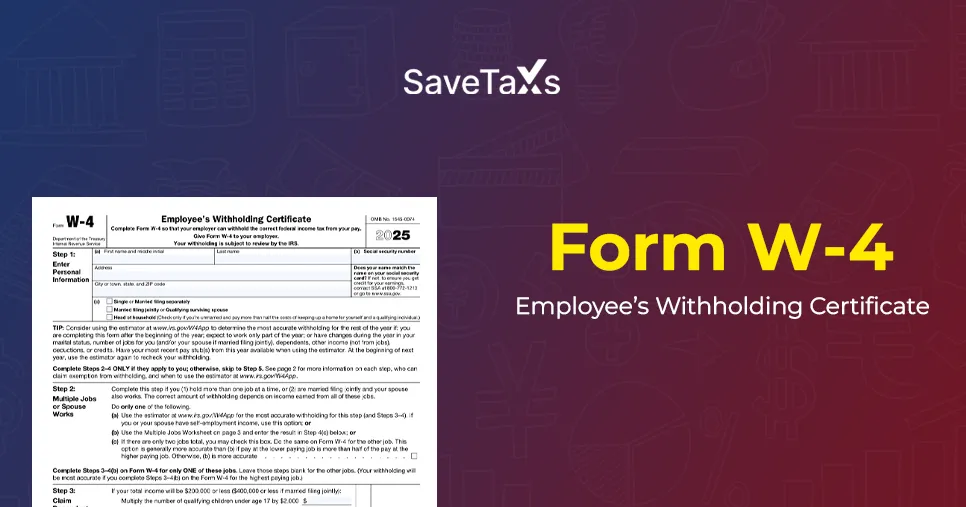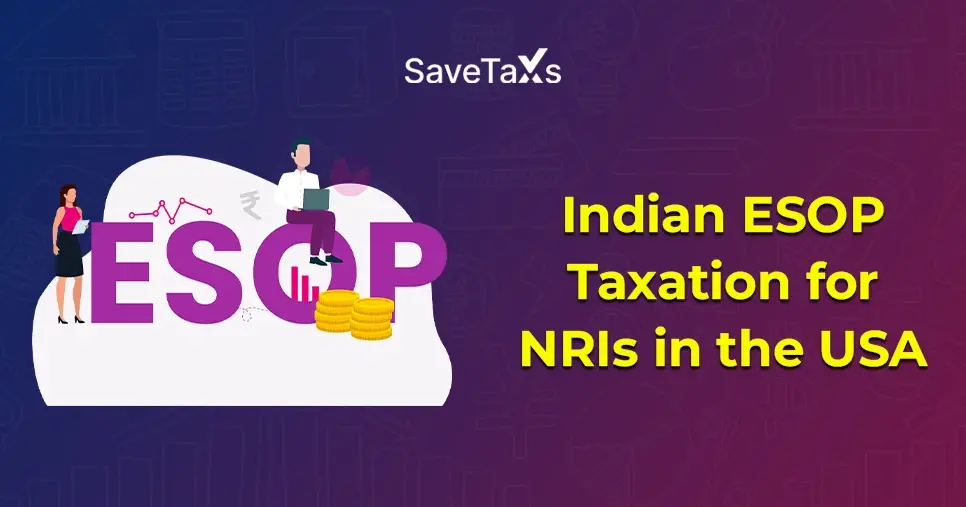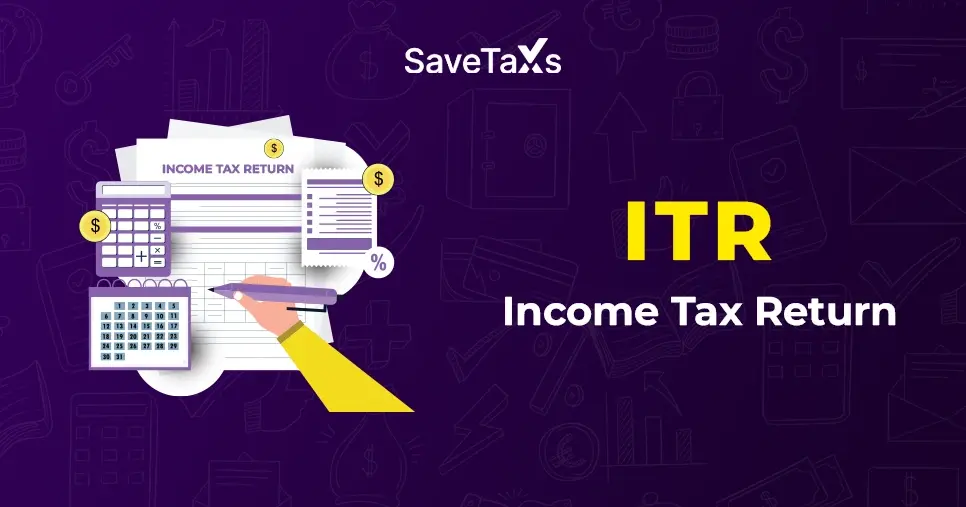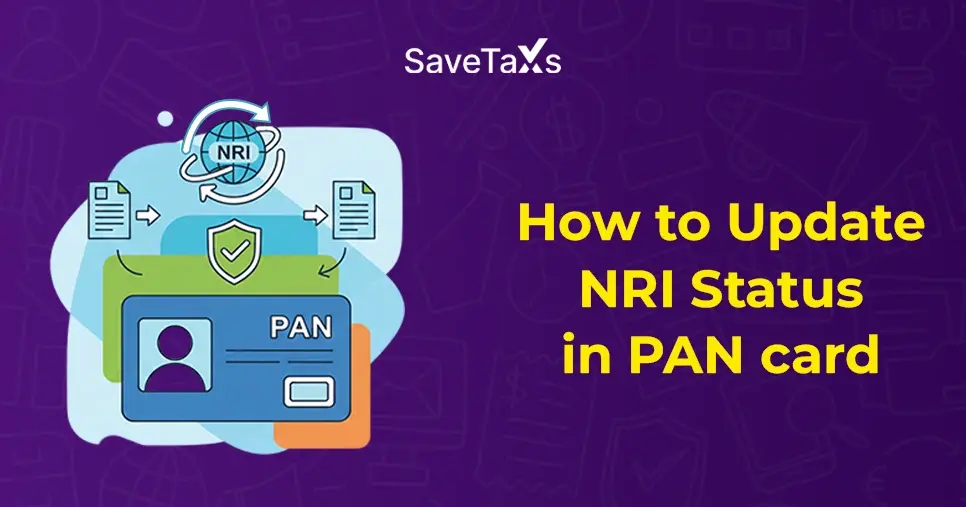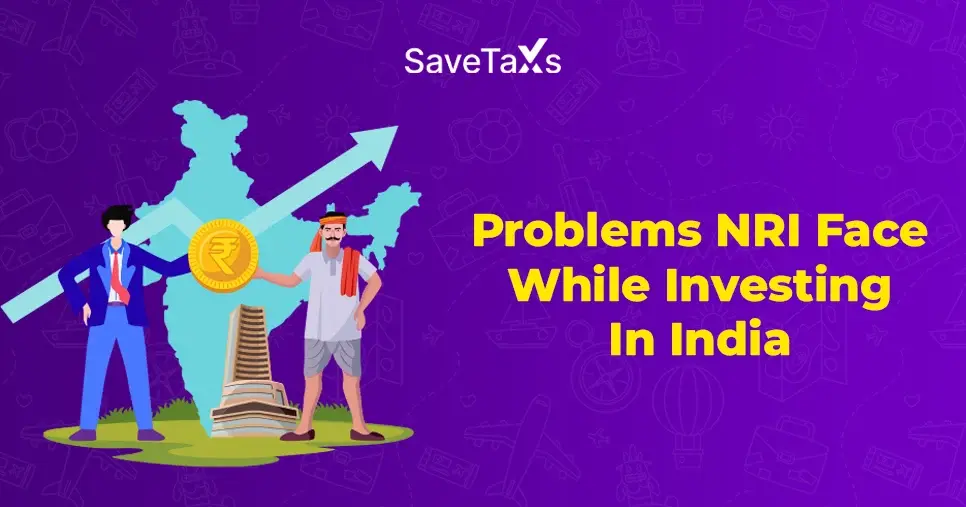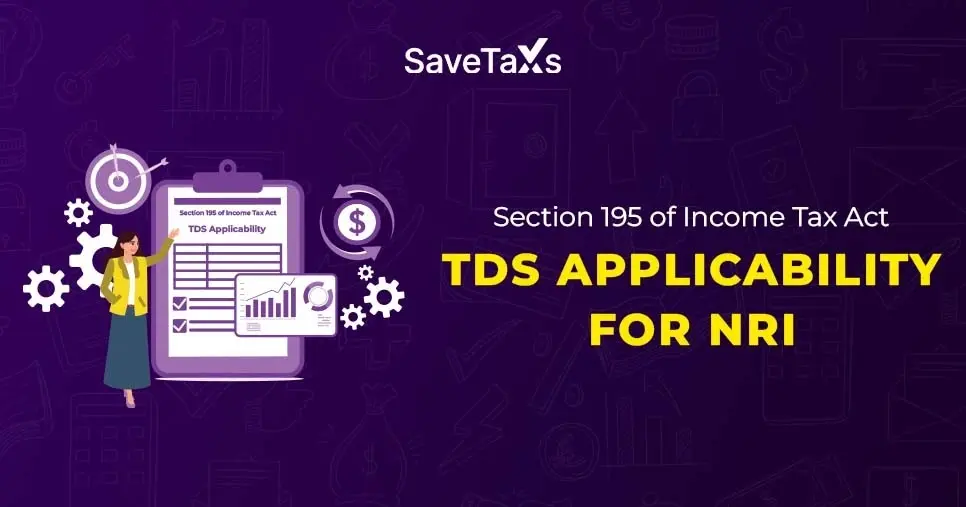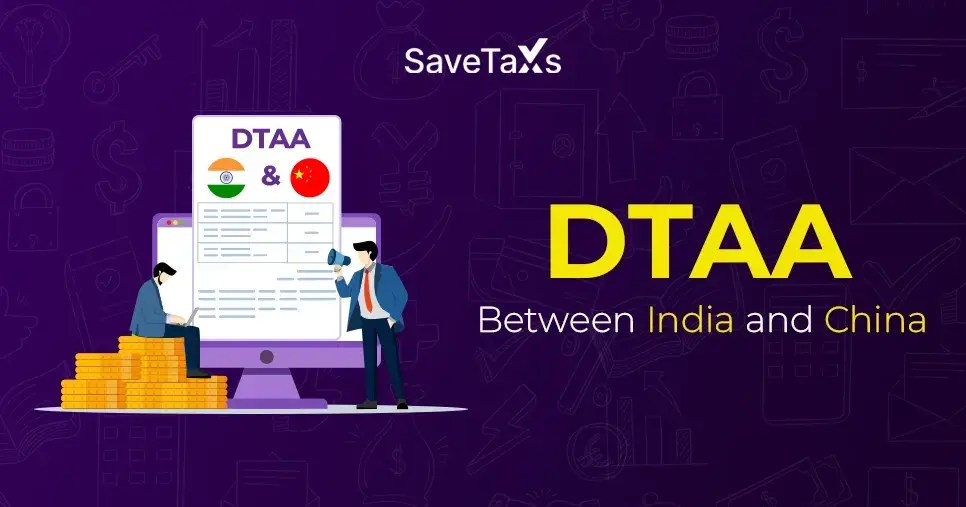The DTAA, or Double Tax Avoidance Agreement, is a tax treaty signed between two or more nations. The main aim behind signing this convention is to avoid double taxation on the same income. If an NRI (non-resident Indian) is staying and earning in another nation, the applicable tax will come under the consideration of the DTAA. Both contracting states decide the tax rate and jurisdictions for income arising from both countries when signing the DTAA.
India has signed this agreement with almost 100 countries, including Ireland, Oman, Hong Kong, China, and several others. This agreement is beneficial for NRIs and helps settle inconsistencies while collecting tax from non-residents. Keep reading this blog to know more about the DTAA between India and Japan.
What is the DTAA Between India and Japan?
In 1990, the Indian Government and the Government of Japan came into a mutual agreement and signed a DTAA (Double Tax Avoidance Agreement). The agreement ensures that a non-resident Indian can avoid paying taxes twice on the same income and reduce tax evasion. According to the powers granted by Section 90 of the Income Act of 1961, the Central Government of India authorizes the said rules in this agreement.
The contracting state's residents are offered a deduction in the contracting state, provided that they pay tax on their income in the other contracting state. In this DTAA, there are a total of 29 articles that mainly explain the definition and scope of the agreement, taxation on income, elimination technique, etc.
What is the Significance of the India-Japan DTAA for Both Nations?
Every country decides the tax rate on income that is generated in its territory that it charges. The rate of tax is decided by keeping certain factors in mind, including the source location, maintenance of permanent establishment, residence of the taxable entity, etc. There might be examples of double taxation when there are two different systems for taxation, belonging to two different nations, applicable to one assessee.
This tax treaty ensures that such situations don't occur. Both the residents of India and Japan can claim the benefits provided by the DTAA treaty. The following are some of the key benefits that either contracting state's residents can acquire:
- The tax treaty reduces the possibility of tax evasion in both contracting nations.
- Lower withholding tax for taxpayers in the form of lower TDS on income from interest, dividends, royalties, and technical service fees is provided.
- Since there is legal certainty in DTAAs, it promotes investment in developing countries. The agreement ensures that certain applicable rules for taxing international income are being applied.
- This agreement provides relief by offering tax exemption on income that a foreign resident acquires in another contracting state. Tax exemption relief applies to the income for which tax payment has already been made in the other contracting state.
- This tax treaty ensures that true residents of the contracting state enjoy the benefits of the agreement because of the applicability of anti-abuse provisions explained in the DTAA.
What are the Taxes Covered Under the DTAA?
Article 2 of the DTAA between India and Japan explains the details regarding taxes that are liable to this convention. Below is the list of taxes that fall under this tax treaty:
- In Japan (also called "Japanese tax")
- Income Tax
- Corporation Tax
- In India
- Income tax plus applicable surcharge
Apart from the mentioned taxes, any other similar or identical taxes that apply after signing the agreement will also be considered in the agreement. The respective authorities of the contracting state are responsible for notifying about any significant changes made in their taxation system within a specific period of time after the change.
TDS Rates Under the India-Japan DTAA
When a company or an individual makes a payment to a non-resident, a portion of that payment will be withheld at the payment source, which is called tax deducted at source or TDS. According to the rates explained in this treaty, a contracting state's resident is subject to claim a tax deduction. Here are the applicable withholding tax rates for income received from different sources:
- As per Article 10 of the DTAA between India and Japan, the applicable withholding tax on dividend income cannot go beyond 10% of gross income.
- According to Article 11 of the DTAA, regarding interest income, the applicable tax must not exceed 10% of gross income.
- As per Article 12 of the DTAA, regarding a contracting state's resident who earns royalties or technical service fees, the rate of tax must not exceed 10% of gross income.
According to the DTAA between India and Japan, the applicable TDS rate is 10% of the amount residents of both nations acquire.
Capital Gain Taxation Under DTAA
A resident earning capital gains in a contracting state is taxed as per the rules mentioned in Article 13 of the DTAA between India and Japan. The following is a list of the applicable rules in case of various types of capital gains in the DTAA between India and Japan:
- Gains received from the transfer of ships or aircraft operating in international traffic are subject to taxation in the state where the business operates.
- Income from the transfer of an immovable property that is either livestock or equipment used for agricultural and forestry will be taxed in the state where the property is situated.
- Capital gains received from the transfer of a company's shares that operates in the other contracting state will be taxed in that state only.
- Gains received from movable property in one contracting state that is used for business purposes in the other contracting state are subject to taxation in the other contracting state.
- At last, capital gains received from any other type of property other than those mentioned above will be taxed in that contracting state.
To Conclude
The process to claim the DTAA benefits is quite straightforward. You need to provide some documents to do the same, such as a copy of your PAN card, a copy of your PIO (Persons of Indian Origin), a passport, a visa, a self-declaration, and a TRC (Tax Residency Certificate).
However, there might be times you need help with the process to claim the DTAA benefits, and that is when Savetaxs comes to your rescue. We have been helping people for decades with their tax-related issues, and our satisfied client base provides strong evidence of our quality. With our more than 30 years of expereince, our experts will help you claim the DTAA benefits easily and save a significant amount of taxes by preventing you from being taxed twice. Connect with us as per your convenience, as we assist our clients 24*7 across all time zones.
Note: This guide is for informational purposes only. The views expressed in this guide are personal and do not constitute the views of Savetaxs. Savetaxs or the author will not be responsible for any direct or indirect loss incurred by the reader for taking any decision based on the information or the contents. It is advisable to consult with either a Chartered Accountant (CA) or a professional Company Secretary (CS) from the Savetaxs team, as they are familiar with the current regulations and help you make accurate decisions and maintain accuracy throughout the whole process.
 India
India
 USA
Tax Consultancy Services
USA
Tax Consultancy Services_1756467732.webp)


